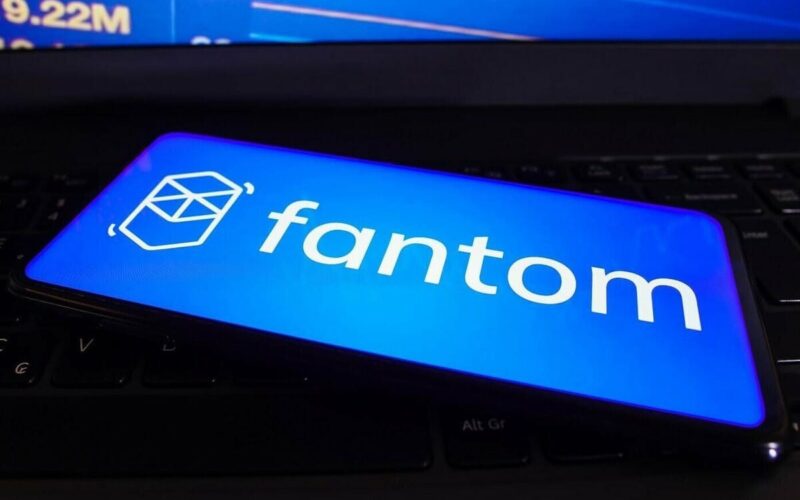Blockchain technology, hailed as a revolutionary force, is on the cusp of a transformation to shed its outdated image. Andre Cronje, co-founder of Fantom (FTM) blockchain, believes that the industry is still “stuck in the eighties,” and a significant upgrade is long overdue. In an interview with crypto news outlet Decrypt, Cronje highlighted the need to bring blockchain into the modern era.
The Evolution of Internet and Financial Applications
Reflecting on the birth of the Internet, Cronje drew attention to its initial focus on financial applications. Digitizing financial transactions made economic sense, resulting in low costs. However, the landscape has changed dramatically since then. Today, platforms like Ethereum (ETH) impose significantly higher transaction costs, making financial operations less efficient.
Cronje also stressed the limitations of Bitcoin (BTC), which has faced challenges with speed and cost-effectiveness, particularly in the face of the rise of non-fungible tokens (NFTs) on its network.
Fantom’s Solution: The Sonic Upgrade
Addressing these issues head-on, Fantom has introduced a major tech stack upgrade called Sonic. Recently launched on testnet, Sonic aims to optimize speed and efficiency, making blockchain transactions more cost-effective. Similar to other layer-1 blockchain networks like Avalanche (AVAX) and Solana (SOL), Fantom focuses on enhancing transaction speed and reducing costs.
With the Sonic upgrade, Fantom expects to achieve a remarkable 65 times increase in speed. Additionally, it aims to simplify node launches and reduce storage costs for network nodes. These enhancements will pave the way for greater participation from everyday users, strengthening the network’s decentralization.
Cronje anticipates that Sonic’s improved technology will attract credit card companies and international banks, making blockchain more accessible for their operations. By addressing the current perception of blockchain as “slow, unscalable, and far too expensive,” Sonic marks a significant step towards aligning blockchain technology with institutional needs.
















